Software art is a work of art where the creation of software, or concepts from software, play an important role; for example software applications which were created by artists and which were intended as artworks. As an artistic discipline software art has attained growing attention since the late 1990s. It is closely related to Internet art since it often relies on the Internet, most notably the World Wide Web, for dissemination and critical discussion of the works. Art festivals such as FILE Electronic Language International Festival, Transmediale (Berlin), Prix Ars Electronica (Linz) and readme have devoted considerable attention to the medium and through this have helped to bring software art to a wider audience of theorists and academics.
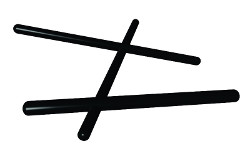
Transmediale, stylised as transmediale, is an annual festival for art and digital culture in Berlin, usually held over five days at the end of January and the beginning of February. Transmediale takes the form of a conference, an exhibition, and a film and video program that often contain or support performances and workshops. Throughout the year, transmediale is also involved in a number of long- and short-term cooperative projects via transmediale/resource. From its initial focus on video culture, it came to cultivate an artistic and critical dialogue with television and multimedia, emerging as the leading international platform for media art.
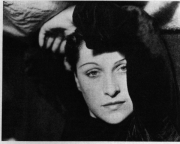
Henriette Theodora Markovitch, known as Dora Maar, was a French photographer, painter, and poet. A romantic partner of Pablo Picasso, Maar was depicted in a number of Picasso's paintings, including his Portrait of Dora Maar and Dora Maar au Chat.

Vik Muniz is a Brazilian artist and photographer. Initially a sculptor, Muniz grew interested with the photographic representations of his work, eventually focusing completely on photography. Primarily working with unconventional materials such as tomato sauce, diamonds, magazine clippings, chocolate syrup, dust, dirt, etc., Muniz creates works of art, referencing old master's paintings and celebrity portraits, among other things, and then photographs them. His work has been met with both commercial success and critical acclaim, and has been exhibited worldwide. He is currently represented by Galeria Nara Roesler based in New York and Brazil.
Camille Utterback is an interactive installation artist. Initially trained as a painter, her work is at the intersection of painting and interactive art. One of her most well-known installations is the work Text Rain (1999).
Brígida Baltar was a Brazilian visual artist. Her work spanned across a wide range of mediums, including video, performance, installation, drawing, and sculpture. She was interested in capturing the ephemeral in her artwork.

The Weeping Woman is a series of oil on canvas paintings by Pablo Picasso, the last of which was created in late 1937. The paintings depict Dora Maar, Picasso's mistress and muse. The Weeping Woman paintings were produced by Picasso in response to the bombing of Guernica in the Spanish Civil War and are closely associated with the iconography in his painting Guernica. Picasso was intrigued with the subject of the weeping woman, and revisited the theme numerous times that year. The last version, created on 26 October 1937, was the most elaborate of the series, and has been housed in the collection of the Tate Modern in London since 1987. Another Weeping Woman painting is housed at the National Gallery of Victoria and was involved in a high-profile political art theft.

Mary Flanagan is an artist, author, educator, and designer. She pioneered the field of game research with her ideas on critical play and has written five books. She is the founding director of the research laboratory and design studio Tiltfactor Lab and the CEO of the board game company Resonym. Flanagan's work as an artist has been shown around the world and won the Award of Distinction at Prix Ars Electronica in 2018.
Mary Boone is an American art dealer and collector. She is credited with championing and fostering dozens of contemporary artists who have made significant contributions to the work of art in the late 20th and early 21st century including David Salle, Eric Fischl, Ai Wei Wei, Barbara Kruger, Laurie Simmons, Peter Halley, Ross Bleckner, and Jean-Michel Basquiat.

Rosa Menkman is a Dutch art theorist, curator, and visual artist specialising in glitch art and resolution theory. She investigates video compression, feedback, and glitches, using her exploration to generate art works.
Milagros de la Torre is a New York-based artist working with a conceptual approach to the photographic medium since 1991. Her images involve critical research on the history and technical procedures of the photographic, and examine representations of trauma, its residual effect on the individual, and the structures of remembrance.
Jennifer Chan is a Canadian media artist, curator, and programmer based in Toronto, Ontario. She is known for work that addresses how gender and race manifest in the fields of digital and online art, using amateur aesthetics inspired by pop culture, YouTube mashups, and millennial experience.
Nora Nahid Khan is a Warwick, Rhode Island-born American writer of fiction, non-fiction, and literary criticism. She was previously on the Faculty at the Rhode Island School of Design in Digital and Media. In 2022, she was appointed the executive director of Project X Foundation for Art & Criticism.
It is with great delight that the PIPA Institute announces the launch of PIPA Prize 2023. For more than 13 years fulfilling its mission to promote and support Brazilian art and its visual artists, the Prize has become a reference in contemporary national art. Beyond the award itself, PIPA also works as a platform for dissemination through its publications, websites, social networks and podcast, gathering exclusive content which makes up a rich research source.
Tatiana Blass is a Brazilian artist that constructs complex abstract narratives with her performances, paintings, videos, and installations.
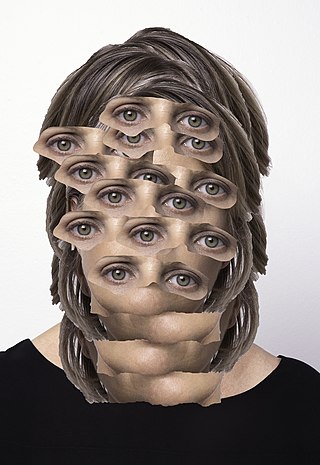
Elizabeth Zvonar is a Canadian contemporary artist who works primarily with mixed-media collage and sculpture based in Vancouver, British Columbia, Canada. She is currently represented by Daniel Faria Gallery, Toronto, Ontario, Canada.
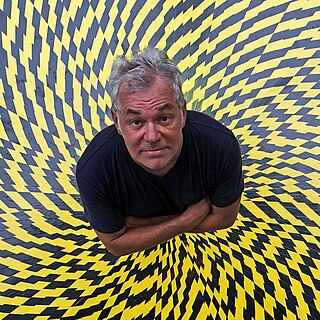
Marcos Chaves is a Brazilian contemporary artist.
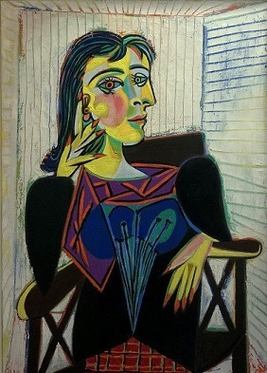
Portrait of Dora Maar is a 1937 oil on canvas painting by Pablo Picasso. It depicts Dora Maar,, the painter's lover, seated on a chair. It is part of the collection of the Musée Picasso, in Paris, where it is considered to be one of Picasso's masterpieces.

Femme au béret et à la robe quadrillée is an oil-on-canvas painting by Pablo Picasso, which he created in 1937. It is a portrait of Marie-Thérèse Walter, Picasso's lover and muse during this period and was created with elements of Cubism. The painting signifies a transition in their relationship by combining Walter's profile with that of Picasso's new lover, the Surrealist photographer Dora Maar, with whom he began a relationship in 1936. This portrait was produced in the same year as Guernica and The Weeping Woman, a significant phase in Picasso's artistic career. On 28 February 2018, it was sold at Sotheby's auction for £49.8 million, making it one of the most expensive paintings ever sold at an auction in Europe.
Mariannita Luzzati is a Brazilian visual artist from São Paulo, recognized for her extensive study of landscapes.











